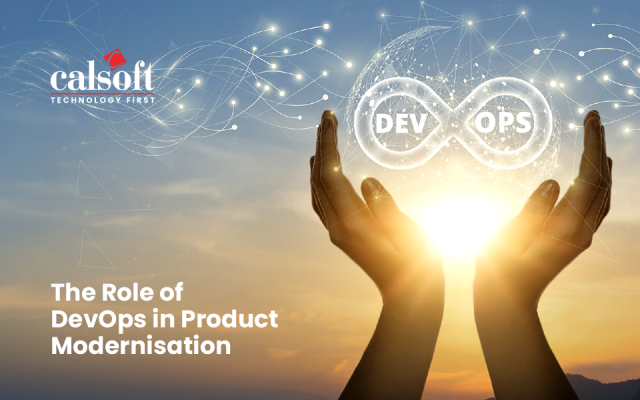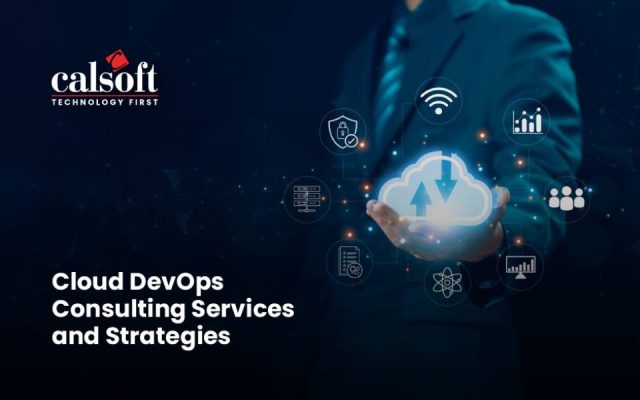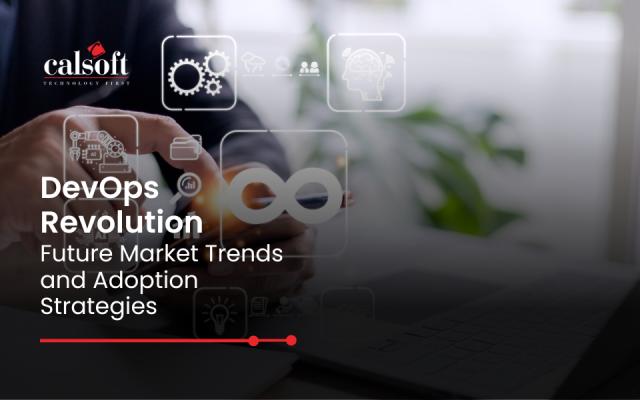In 2007, Patrick Debois and Andrew Shafer came up with a winning solution for eliminating inefficiencies and delays arising from the development and operations processes of a project being siloed. This solution was a software development approach now widely known as DevOps.
But the approach gained traction only in 2009 through Patrick’s event called ‘DevOps Days’. The event drew massive crowds and catapulted into the #DevOps movement, thanks to Twitter.
Ever since then, DevOps, a software engineering approach that literally and figuratively combines development and IT operations, has seen a meteoric rise in adoption. The early and phenomenal success of industry heavyweights like Facebook, Flickr, and Etsy is attributed to DevOps. But that’s old news now. What will the roaring twenties 2.0 have in store for DevOps?
Top Five DevOps Trends in 2021
In 2020, the tectonic shifts in the world of software engineering gave rise to a lot of quick thinking and innovation. As a result, there are a lot of interesting predictions for the year 2021. Read on.
- Cloud-native computing
If I were to sum up 2020 in the nicest possible way, I’d say – adapt and adjust. Most businesses too realized the pressing need to adapt and shifted their data assets & processes to the Cloud. With this arose the need to embrace a more cloud-centric infrastructure. Businesses quickly got their ducks in a row (or on the Cloud) to continue business processes as smoothly as possible while preserving efficiency. This forced adoption only reinforced the fact that cloud computing catalyzes DevOps. Consequently, this uptick is expected to continue in 2021 too. The report IDC FutureScape: Worldwide Developer and DevOps 2021 Predictions states that 80% of enterprises will figure out a way to improve the acceleration rate of this migration to the Cloud two-fold by the end of 2021.
- A hybrid approach
Throughout 2021, enterprises will have to shift gears to accommodate more and more DevOps operations virtually. A hybrid structure will make it possible for businesses to quickly pivot and adapt to the changing scenario without compromising on the quality of their product or service offerings. According to the same IDC report, over the next two years, more than 75% of G2000 enterprises will have a hybrid work and process structure.
- Edge computing
Edge computing allows data to be processed at the periphery of the network, thus bringing it as close to the source of the data as possible. Ever since a considerable number of organizations, spurred by the pandemic, globally embraced the Cloud and DevOps for business continuity in 2020, the adoption of edge computing has seen an upward trend. This is likely to continue in 2021, given that edge computing helps businesses fulfill the goals of DevOps − velocity and quality. It also enables businesses to respond to challenges faster and grants greater flexibility for people, thus making it an excellent choice for businesses with most of their workforce working remotely.
- DevSecOps
The amalgamation of Development + Security + Operations, known as DevSecOps, ensures tight cybersecurity protocols are incorporated into every layer of code, operations, and practices, thus making DevOps a safe software development methodology. DevSecOps is not a reactive but a prudent and intelligent approach to cybersecurity. The DevSecOps mantra – “Shift Left” best describes the approach. Shift left encourages developers and engineers to incorporate security protocols from the beginning of DevOps, on the left, rather than at the end, on the right. Shannon Lietz, co-author of the ‘DevSecOps Manifesto’ says, “The purpose and intent of DevSecOps is to build on the mindset that everyone is responsible for security with the goal of safely distributing security decisions at speed and scale to those who hold the highest level of context without sacrificing the safety required.” In light of the increasingly volatile landscape of 2020 that brought about numerous cyberattacks and data breaches, 2021 will see a growing trend of businesses adopting DevSecOps. Read more about our DevSecOps offerings here.
- Microservices and Kubernetes
As an increasingly large number of businesses began their digital transformation journey in the last few years, it was imperative to divert from monolithic architecture to a more containerized architecture. This is where Kubernetes came into the picture. Kubernetes or K8s helps enterprises automate the deployment, scaling, and redesigning & management of containerized applications or microservices. A microservices architecture allows fault isolation − keeping the fault in one component or library of the software application as opposed to the entire software application being compromised. DevOps teams can scale, deliver continuously, build robust applications, and decrease the volume and burden of the infrastructure.
The COVID-19 pandemic completely transformed the way we work and conduct business. As a result, the corporate landscape has been changing faster than a speeding bullet. Even though the most certain trend after 2021 has been constant change, the aforementioned trends look like they may be here to stay for long.
Calsoft has always been in sync with the latest trends and assisted multiple customers in their digital transformation and upscaling. If you too are looking to scale with DevOps, we can help you with customizable and reliable service offerings.






